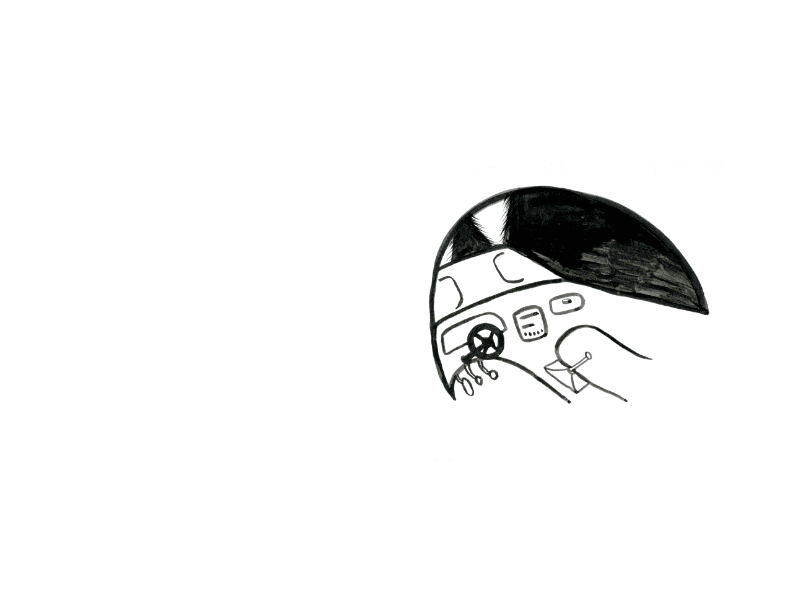Gas #4
This issue features an interview with Dr. Matthew T. Huber, author of Lifeblood: Oil, Freedom, and the Forces of Capital (University of Minnesota Press, 2013) and contributions by exhibiting artists Susanna Battin, Kate Kendall, Nina Sarnelle and Elia Vargas.
Produced in conjunction with the exhibition "Anatomy of Oil" at Gas.
Artists:
Susanna Battin, Kate Kendall, LA Transcendental Listenings (David Horvitz and Asha Bukojemsky), Michael Mandiberg, Nina Sarnelle, Molly Tierney, Elia Vargas
Exhibition Description:
Anatomy of Oil is a group exhibition exploring oil production around Los Angeles. The oil industry greatly influenced the development of the city, which continues to maintain many active extraction sites, often in close proximity to schools, homes, and parks. In some cases, companies build creative solutions to hide oil derricks, disguising them as trees or towers. The derricks are a particular, and sometimes overlooked, feature of the Los Angeles landscape. An object that is itself an invention of oil dependence, Gas’s converted delivery-truck gallery will park at active and former oil extraction sites around Los Angeles (in addition to art spaces) to encourage an ongoing conversation about the hold of the oil industry on all levels. Named after a poem by Marcella Durand that examines these issues through an eco-feminist lens, Anatomy of Oil includes sculpture, drawing, painting, and video in the gallery truck, a browser plug-in available for download at the gallery’s website, as well as a series of site-specific performances and a reading group.
One theme in Durand’s poem is a ceaseless, roaming hunger for oil, and the destructive path that follows each discovery. Coinciding with this violence—realized in the form of environmental damage, the displacement of populations, pollution, etc.—is the routine presence of oil in most aspects of modern life. The works in Anatomy of Oil focus on the effects of petro-capitalism on everyday lived reality.
ABOUT GAS
Located in a truck gallery parked around Los Angeles and online, Gas is a mobile, autonomous, experimental and networked platform for contemporary art.
Gas collaborates closely with artists to create experiences that foster community and connection while imagining alternative forms of cultural and critical production. The space’s inherently itinerant format reflects the fluidity of twenty-first century culture and art practice, while also allowing considerable independence and creative freedom in terms of concept, site, format, audience, and engagement. Gas offers an opportunity to rethink why, where and how we view art, whether the encounter happens while surfing the web or driving around Los Angeles, a city defined by its sprawl and car culture.
Each season, Gas presents one thematic exhibition that includes works in the gallery and online. All shows include a fundraiser edition and a zine publication.


